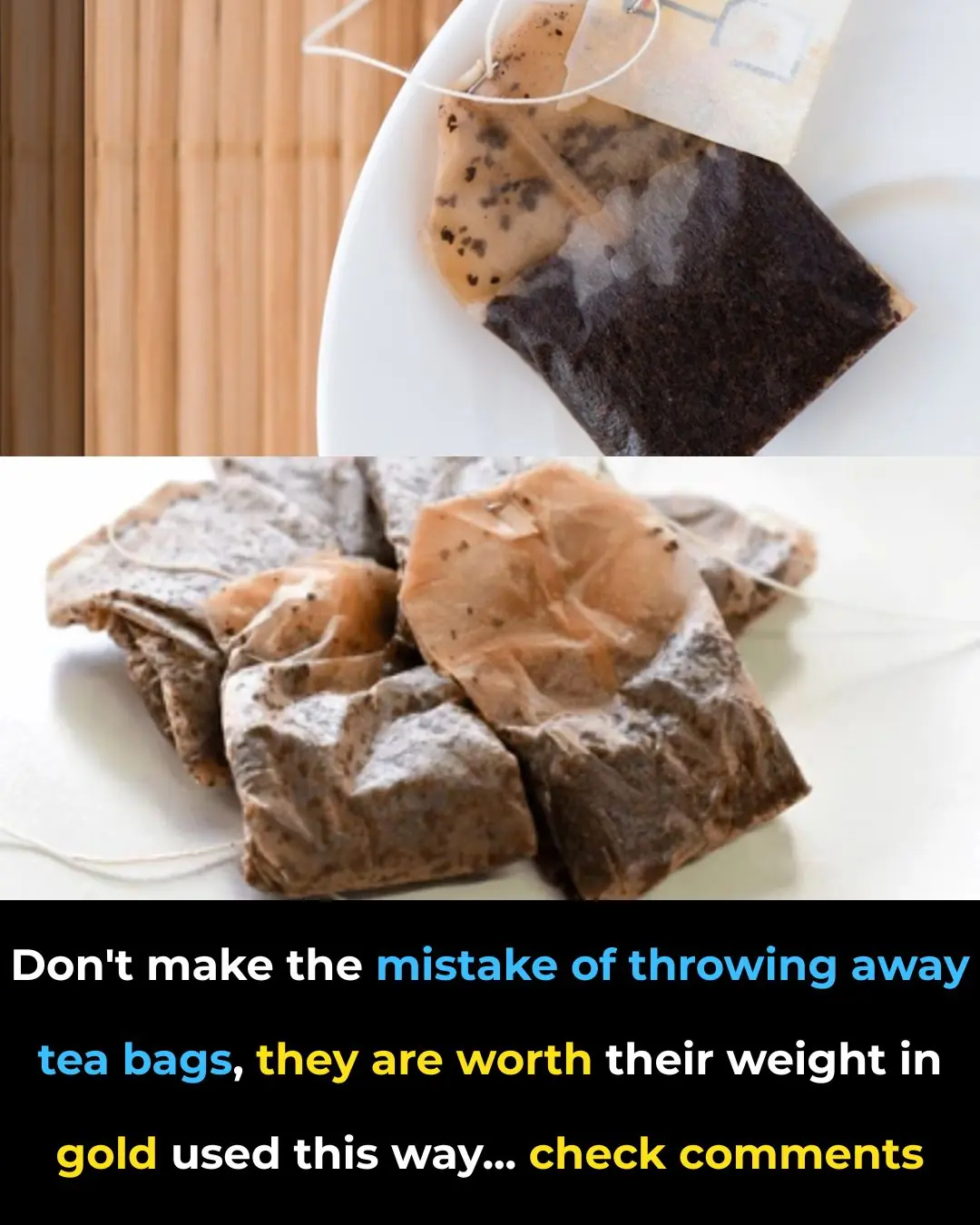
5 hygiene mistakes that many people make... but no one dares to talk about...
5 Hygiene Mistakes That Many People Make (But No One Talks About)
Even people who seem clean and well-groomed often make hidden hygiene mistakes without realizing it.
These habits may not seem harmful, but over time, they can lead to unpleasant odors, infections, or skin problems.

1) Not changing towels or pillowcases often enough
Why this is a problem (in detail)
-
Towels and pillowcases trap dead skin cells, sweat, oil, saliva, sebum, makeup residues and microscopic skin microbes.
-
Warm, damp towels are a perfect breeding ground for bacteria and fungi (e.g., Staphylococcus, Candida), which can lead to folliculitis, fungal rashes, acne, or persistent odors.
-
Pillowcases collect facial oils and cosmetics night after night; those oils mix with dust-mite droppings and promote
acne mechanica and irritation.
Risks
-
Recurrent breakouts on the face and neck.
-
Scalp or body fungal infections.
-
Worsening eczema or dermatitis in sensitive people.
What to do (practical)
-
Bath towel:
hang to dry fully after each use; wash after 3–4 uses (or sooner if you sweat heavily). Use hot water (≥ 60°C / 140°F) if fabric allows. -
Hand towel: replace every
1–2 days. -
Pillowcase: change at least once a week; twice a week if you have oily skin, acne, or use heavy night creams.
-
Laundry tips: use a good detergent, add a cup of white vinegar occasionally to remove residue, and dry completely in the sun or a hot dryer.
-
Extra: have two towels per person so one can always be clean and dry.
2) Using the same toothbrush for too long
Why this is a problem (in detail)
-
Bristles fray and lose mechanical cleaning ability after ~8–12 weeks.
-
The brush head can trap oral bacteria and food particles; moist environments encourage bacterial growth (e.g., Streptococcus, Candida).
-
Worn bristles remove less plaque, increasing risk of gingivitis, cavities, and bad breath
.
Risks
-
Less effective plaque removal → higher risk of gum disease and cavities.
-
Potential reintroduction of oral pathogens after illness.
What to do (practical)
-
Replace every 2–3 months, or immediately after a respiratory infection (cold, flu, COVID).
-
Rinse toothbrush thoroughly and store upright to dry; avoid closed containers where moisture accumulates.
-
Consider an electric toothbrush with replaceable heads — they can be more effective.
-
Use a soft-bristled brush; hard bristles can damage enamel and gums.
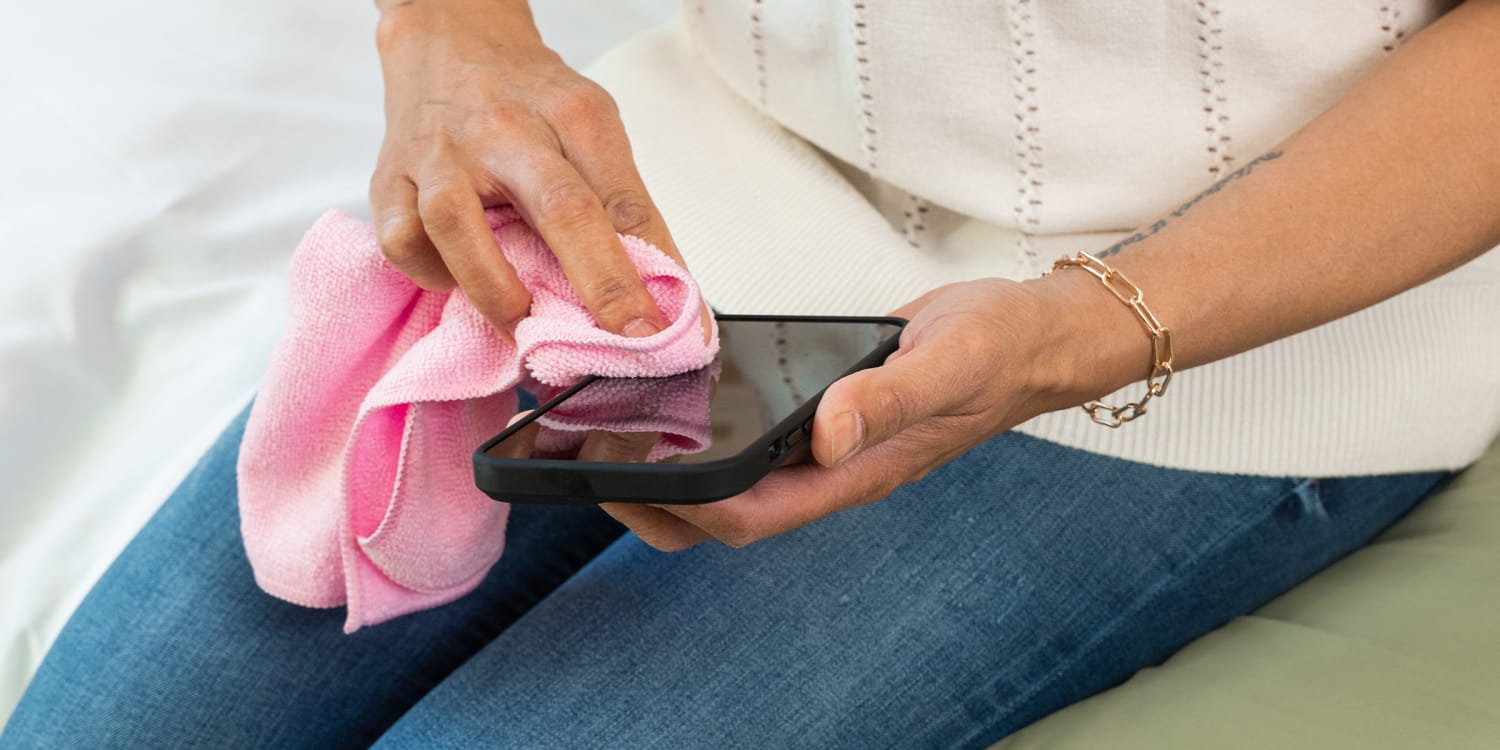
3) Not cleaning your phone regularly
Why this is a problem (in detail)
-
Phones contact hands, faces, pockets and public surfaces — they accumulate bacteria, viruses, and fungi.
-
Research shows phone surfaces can harbor
pathogens associated with skin acne and even gastrointestinal bugs. Repeated face contact transfers microbes to skin and mucous membranes.
Risks
-
Face acne and irritation (from transferred oils and bacteria).
-
Increased chance of transferring pathogens into the mouth, nose or eyes.
-
Cross-contamination in kitchens and bathrooms.
What to do (practical)
-
Wipe your phone daily with a soft cloth lightly dampened with 70% isopropyl alcohol or with phone-safe disinfectant wipes. Apple and many manufacturers recommend 70% isopropyl or Clorox disinfecting wipes for phones.
-
Clean cases weekly (remove case and wash with soap and water or disinfectant).
-
Avoid placing phone on kitchen counters or restroom floors.
-
Use hands-free options for long calls; sanitize hands before touching face.
4) Washing hair too often or too little
Why this is a problem (in detail)
-
Overwashing strips natural oils (sebum) from the scalp and hair shaft. That can trigger the scalp to produce
more oil in compensation, weaken hair structure, and cause dryness, frizz, and split ends. -
Underwashing allows sebum, dead skin cells, product buildup and environmental grime to accumulate — leading to itchiness, dandruff, and follicle inflammation.
-
Hair type matters: oily scalps need more frequent cleansing; curly/dry hair benefits from less frequent shampooing and more conditioning.
Risks
-
Dandruff, seborrheic dermatitis, scalp irritation, brittle hair.
-
Scalp acne or folliculitis from product buildup.
What to do (practical)
-
Normal to oily hair: wash every 2–3 days.
-
Dry or curly hair: wash once a week or every 4–7 days, use co-washing (conditioning-only) between washes if needed.
-
Use sulfate-free shampoos and moisturising conditioners. Avoid daily hot-water washing.
-
Use scalp scrubs or clarifying shampoos once every 2–4 weeks to remove buildup (not more often).
-
Don’t brush aggressively when hair is wet; use a wide-tooth comb.
5) Forgetting to clean small items (earbuds, makeup brushes, razors, etc.)
Why this is a problem (in detail)
-
Earbuds: sit in warm, oily ear canals and gather bacteria and earwax — can cause ear infections and transfer bacteria to your ears and face.
-
Makeup brushes & sponges: collect sebum, dead skin cells, bacteria and mold; applying dirty brushes spreads microbes and leads to breakouts or eye infections.
-
Razors: trap hair and skin cells and stay moist — rust and bacterial growth raise infection risk.
Risks
-
Recurring acne or folliculitis, eye infections (from dirty mascara wands or brushes near the eye), ear infections, or skin infections from nicks.
What to do (practical)
-
Earbuds: wipe after every use with alcohol wipes; deep clean weekly and let dry. Replace foam tips periodically. Don’t share earbuds.
-
Makeup brushes: wash weekly with gentle brush cleanser or baby shampoo; dry flat. Beauty sponges should be washed after each use and replaced monthly.
-
Razors: rinse thoroughly after each use, let dry, replace blades frequently (every 5–10 shaves depending on use). Disinfect with alcohol if you store in humid bathrooms.
Bonus: general hygiene best practices & troubleshooting
-
Hand hygiene: wash hands for 20 seconds with soap and water, or use 60–70% alcohol hand sanitizer when soap isn’t available. Key times: before eating, after bathroom, after public transports.
-
Bathroom ventilation: keep damp areas dry; use exhaust fans and open windows when possible to prevent mold.
-
Laundry: avoid fabric softener buildup on towels (reduces absorbency). Use hot cycles for bed linens when possible.
-
Sensitive skin: choose fragrance-free, hypoallergenic products; patch-test new skincare or household cleaners.
-
If recurrent issues persist (recurrent acne, fungal rashes, persistent ear or skin infections) — see a dermatologist or GP. Underlying conditions (hormonal imbalance, immune issues) may need medical treatment.
Quick checklist you can follow today
-
Replace toothbrush if >3 months old.
-
Wash pillowcase this week; schedule weekly changes.
-
Wipe phone daily with 70% isopropyl wipe.
-
Use conditioner and shampoo schedule based on hair type.
-
Wash makeup brushes weekly and clean earbuds after each use.
-
Keep two towels per person and launder them regularly.
News in the same category


If a Man Doesn’t Appreciate You, Here’s What You Should Do

When a woman stops loving a man, she begins…
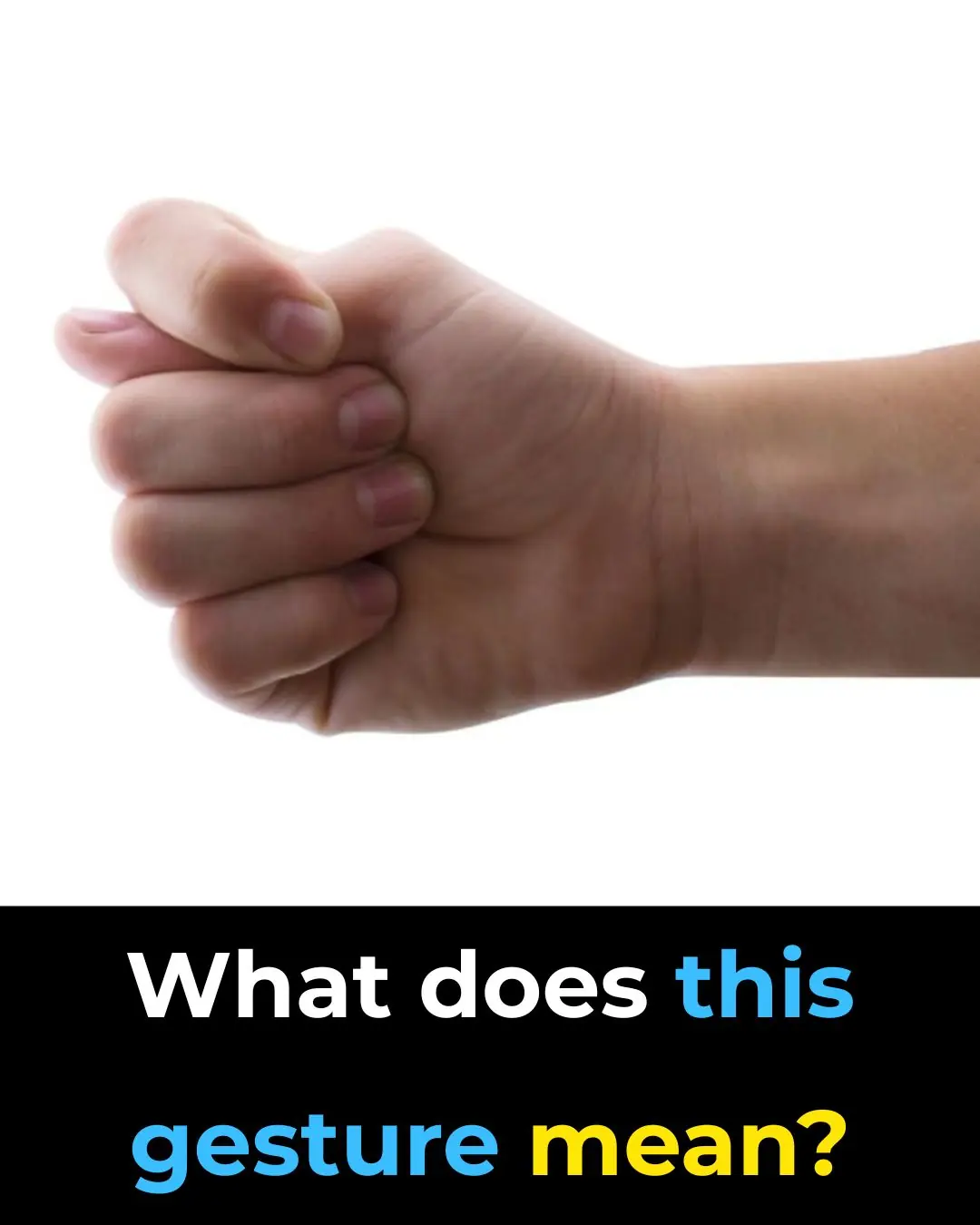
What does this gesture mean?

Is Too Much Rice Harming Your Health

Has This Ever Happened to You? The Strange Phenomenon That Freezes You in Your Sleep

Some people are only now realizing what the “WC” sign stands for on washrooms

Unbelievable Discovery: Praying Mantis Eggs Found in Christmas Tree

7 Ways to Deal With A Cheating Husband

10 Safest Places to Be if World War III Erupts

Polylaminin: Could This Breakthrough Help Heal Spinal Cord Injuries?

Global AWS Outage Disrupts Major Apps and Airlines, Exposing the Internet’s Fragile Backbone

4 types of ornamental plants that easily cause allergies and poisoning in children, parents should consider before planting
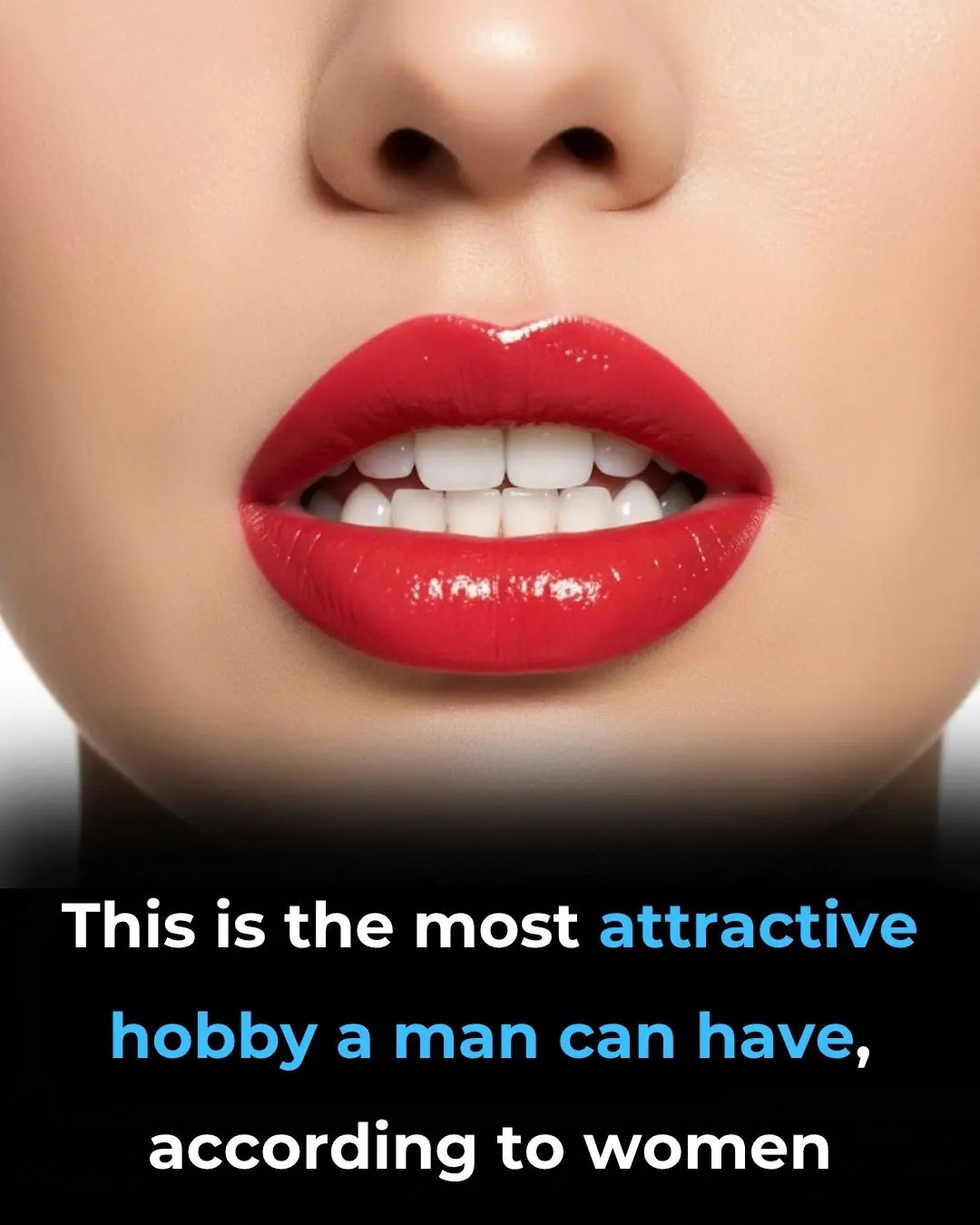
Most Attractive Hobby a Man Can Have According to Women

Make Your Sausages Juicier and More Flavorful With This One Simple Step Before Cooking
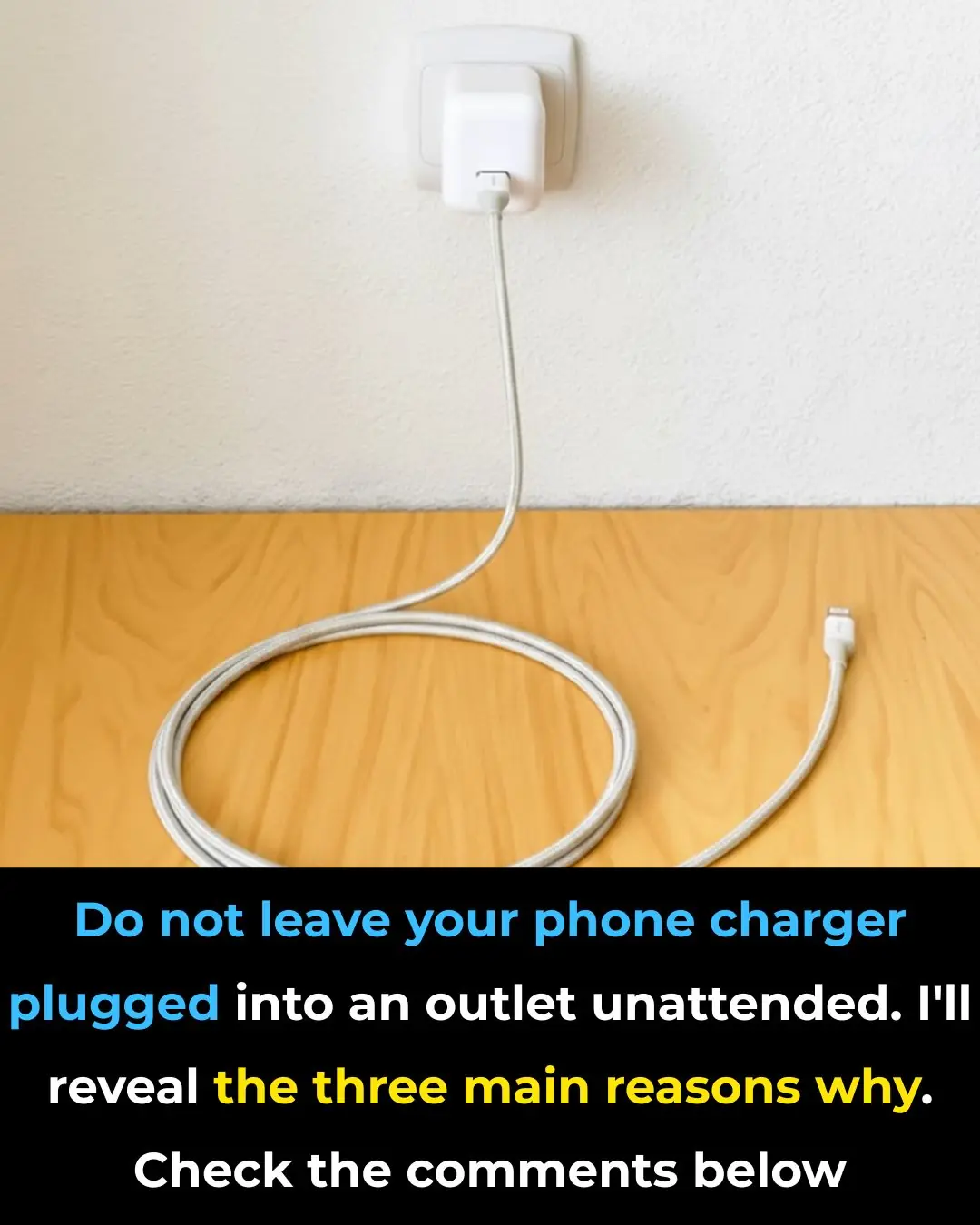
Don’t Leave Your Phone Charger Plugged In
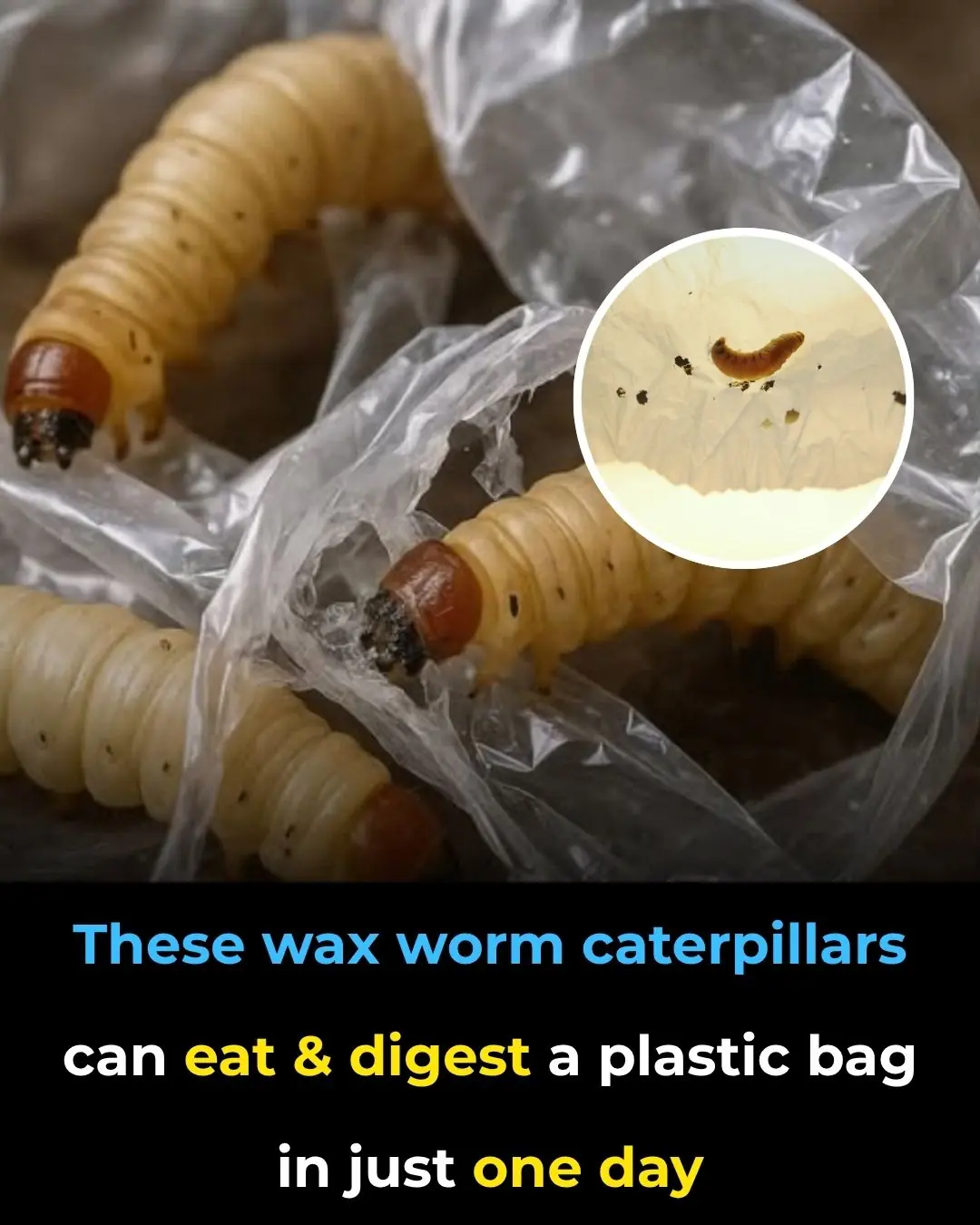
These Wax Worm Caterpillars Can Eat & Digest a Plastic Bag in Just One Day

AI Laser Zaps 30 Mosquitoes Per Second from 6 Meters Away
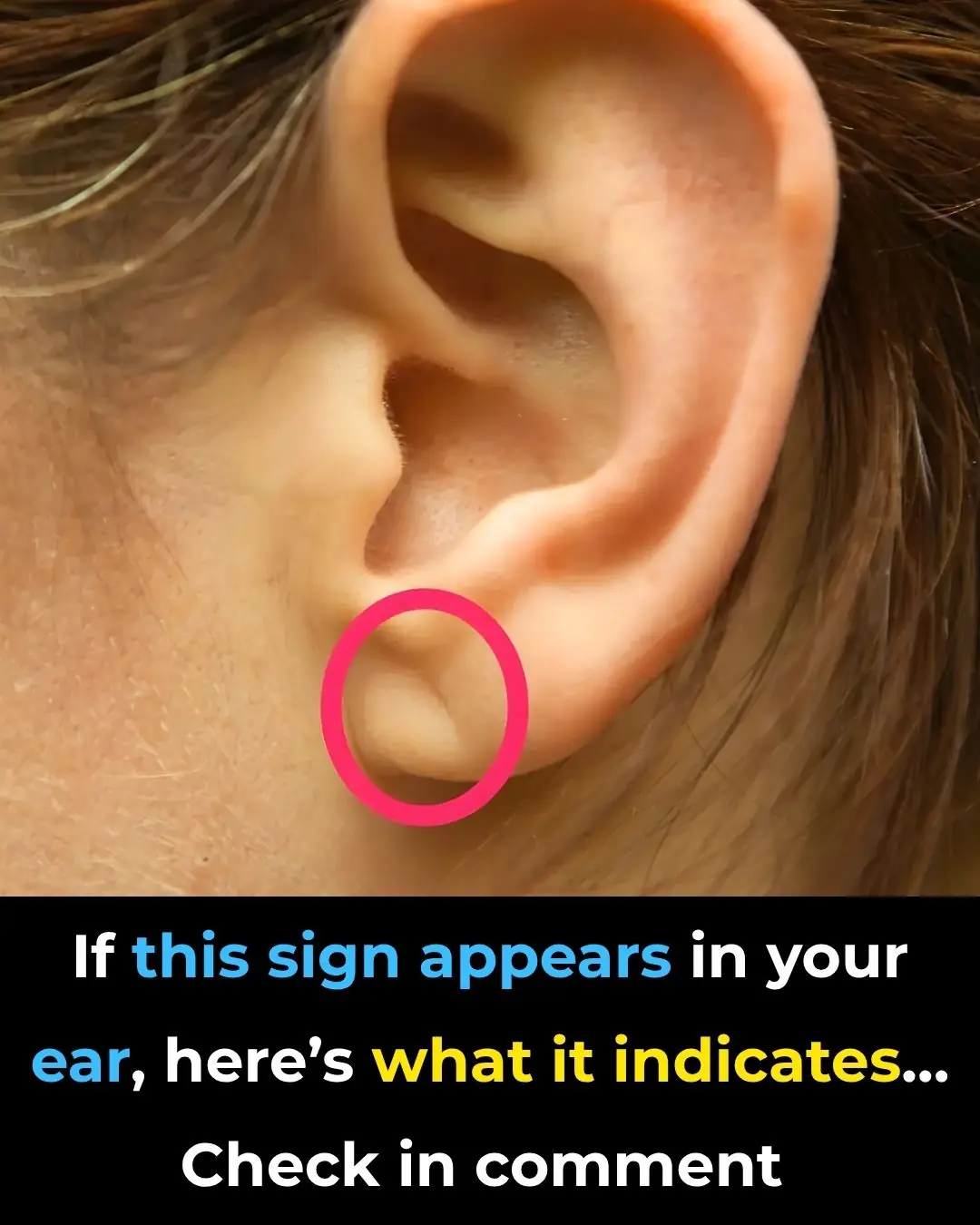
What Is Frank’s Sign
News Post

The Powerful Health Benefits of Papaya Seeds: Why You Should Include Them in Your Diet

The Wonderful Hazel Tree (Corylus avellana): Nutrition, Healing, and Traditional Uses of Every Part

Boiling a Whole Avocado: The Secret to Softness, Nutrition, and a Delicious Baked Recipe

The Hidden Healing Power of Papaya Leaves

Sugar Apple (Annona squamosa): A Sweet Fruit with Powerful Health Benefits

If you find a centipede at home, here is what it means...

Why We Feel That Little Electric Sh0ck When We Touch Another Person—Science Explains

If a Man Doesn’t Appreciate You, Here’s What You Should Do
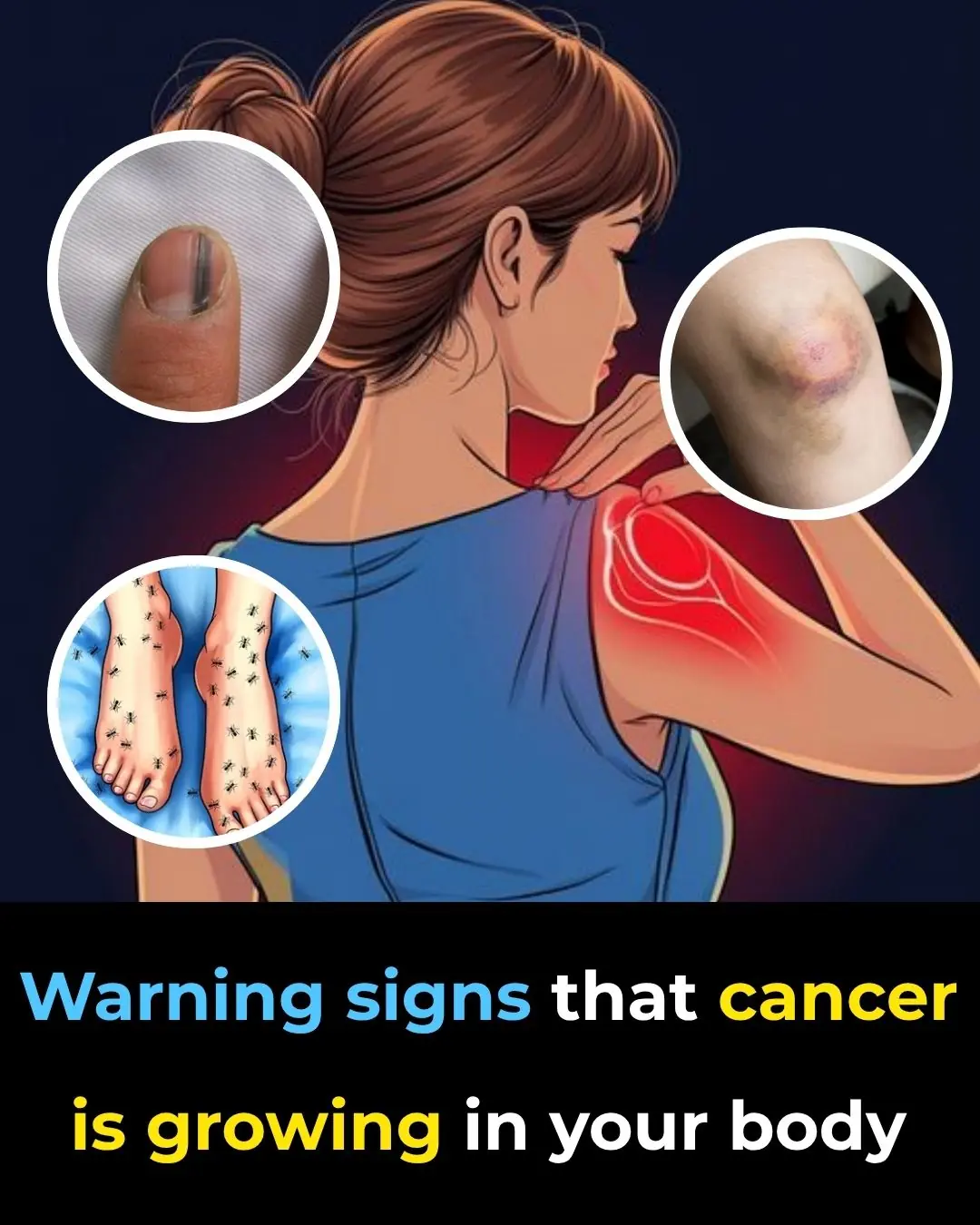
25 Worrying Signs Your Body Is Trying to Warn You of Serious Health Problems (and What to Do About Them)

The Hidden Power of Lactuca serriola Root (Prickly Lettuce Root)

Why You Should Stop Waking Up to Urinate

4 types of vegetables are full of parasites but many people still eat them raw every day
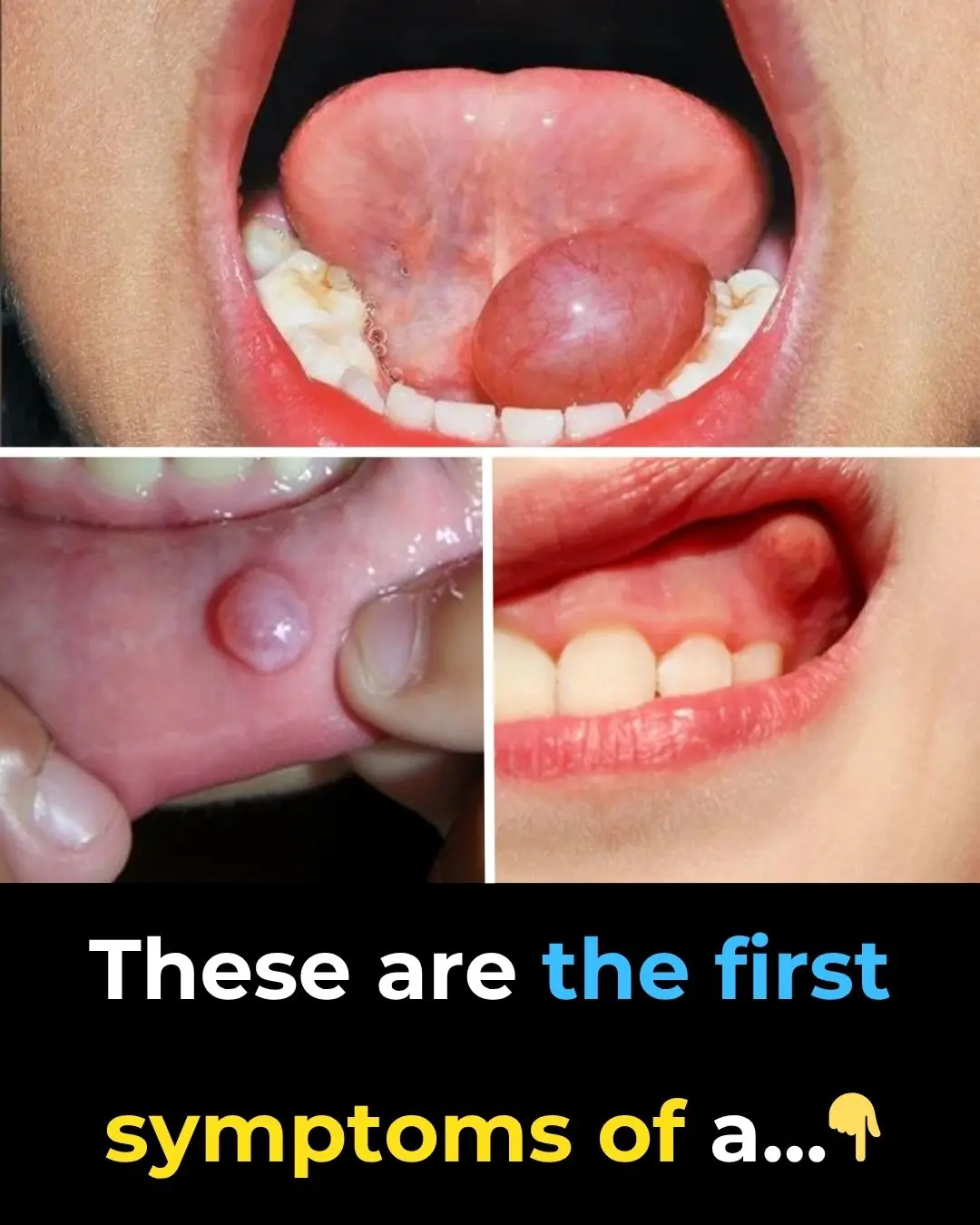
Hidden Dangers in Your Mouth: Early Signs of Oral Cancer

Maple Trees from Root to Crown: A Complete Guide to Every Edible Part
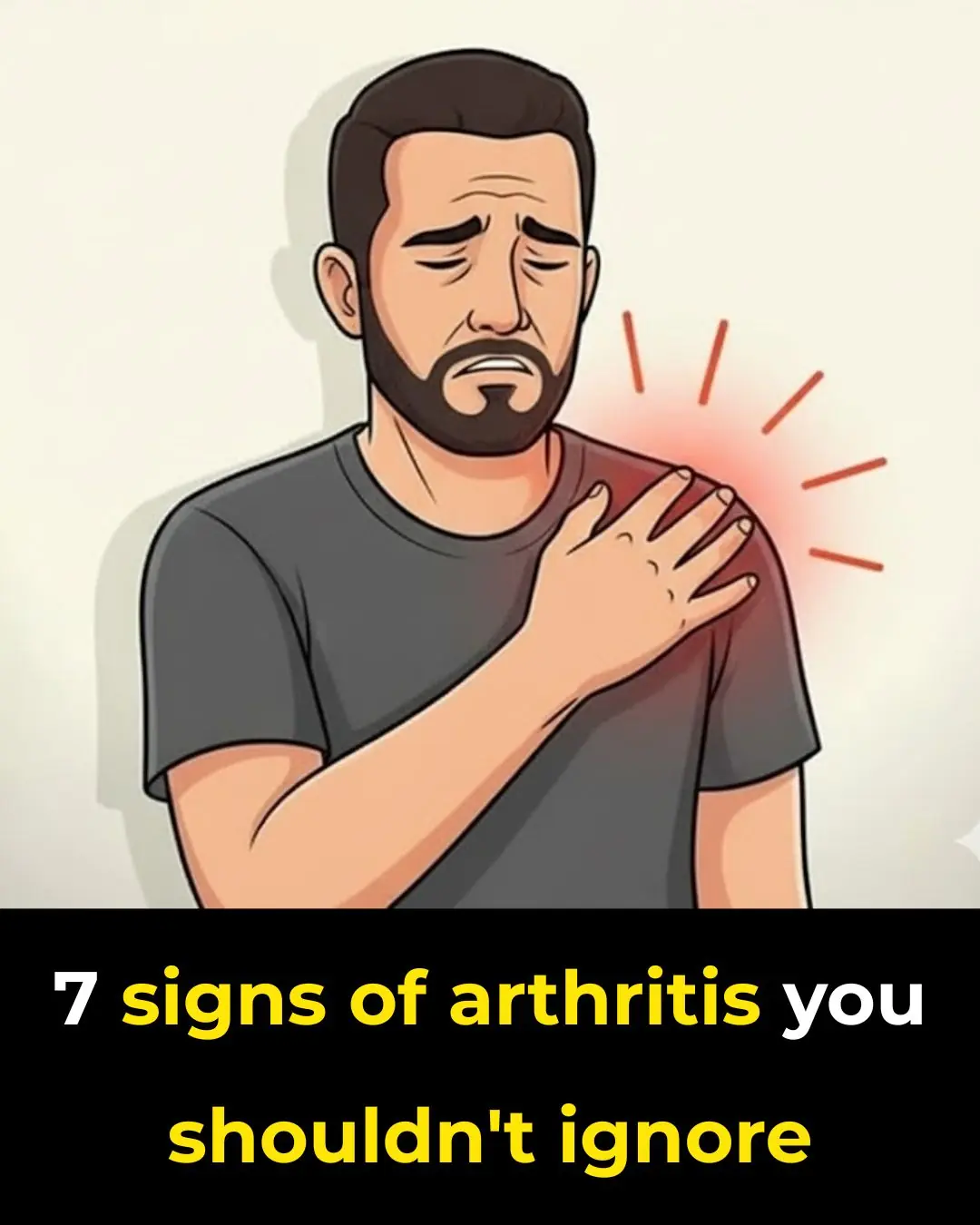
7 Signs of Arthritis You Shouldn't Ignore

California Poppy: Nature’s Gentle Remedy for Relaxation and More
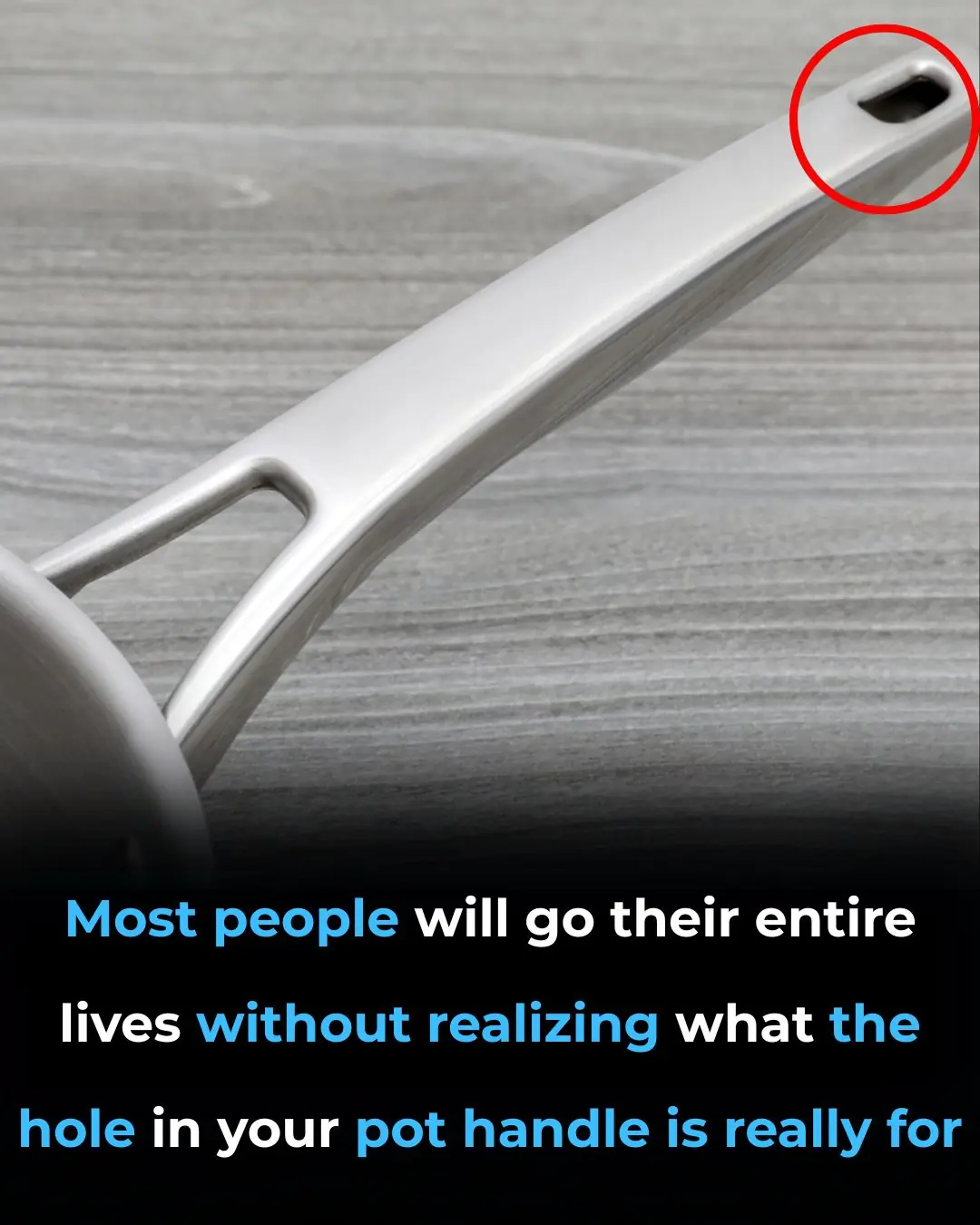
What is its purpose. see details

When a woman stops loving a man, she begins…
